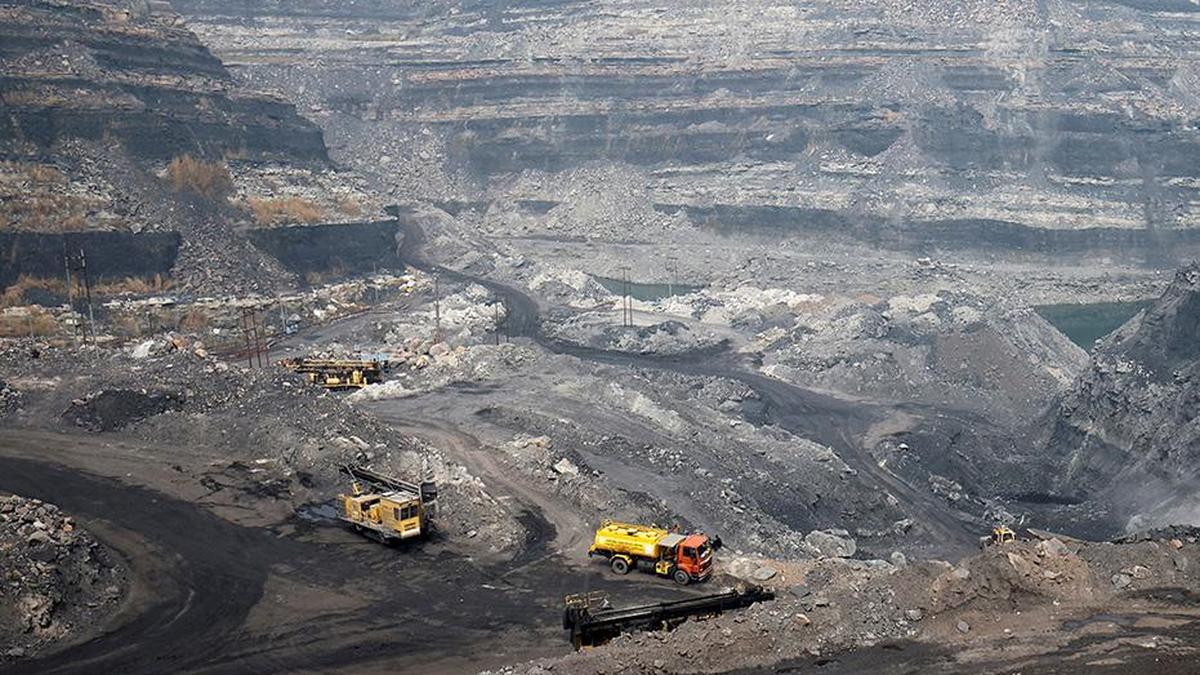Home / Environment / India's Fossil Fuel Reliance Slows Renewable Energy Transition
India's Fossil Fuel Reliance Slows Renewable Energy Transition
10 Nov
Summary
- India's energy demand soared 85% in 10 years, outpacing clean energy growth
- Fossil fuel subsidies 5 times higher than clean energy subsidies in 2022-23
- India aims for 500 GW of non-fossil fuel capacity by 2030, a major challenge

As of November 2025, India's energy landscape is at a critical crossroads. The country's energy demand has soared by nearly 85% between 2014-2015 and 2024-2025, driven by the rapid expansion of its middle class and economic growth. However, this surging demand is outpacing India's transition to renewable energy sources.
Despite India's ambitious renewable energy targets, the country's reliance on fossil fuels, particularly coal, remains a significant obstacle. According to the International Institute of Sustainable Development (IISD), fossil fuel subsidies in India were five times higher than subsidies for clean energy in the 2022-2023 fiscal year. This imbalance is slowing the momentum needed for a faster, cleaner energy future.
At the COP26 climate talks in 2021, India announced a target of achieving 500 GW of non-fossil fuel capacity by 2030. This would require an annual renewable energy addition of 40-50 GW, a major increase from the current rate. However, the weight of electricity subsidies, particularly for agriculture, is making it harder to invest in renewables and strengthen distribution companies. Without faster reform or better targeting of these subsidies, India's energy transition risks getting stuck in first gear.
The country's reliance on coal, which accounts for over 70% of its electricity generation, is also a significant challenge. While India is attempting to increase coal-use efficiency through measures like supercritical and ultra-supercritical technologies, the power sector remains the largest source of carbon emissions in the country. The transition away from coal will require a delicate balance between domestic energy security and international climate commitments.




